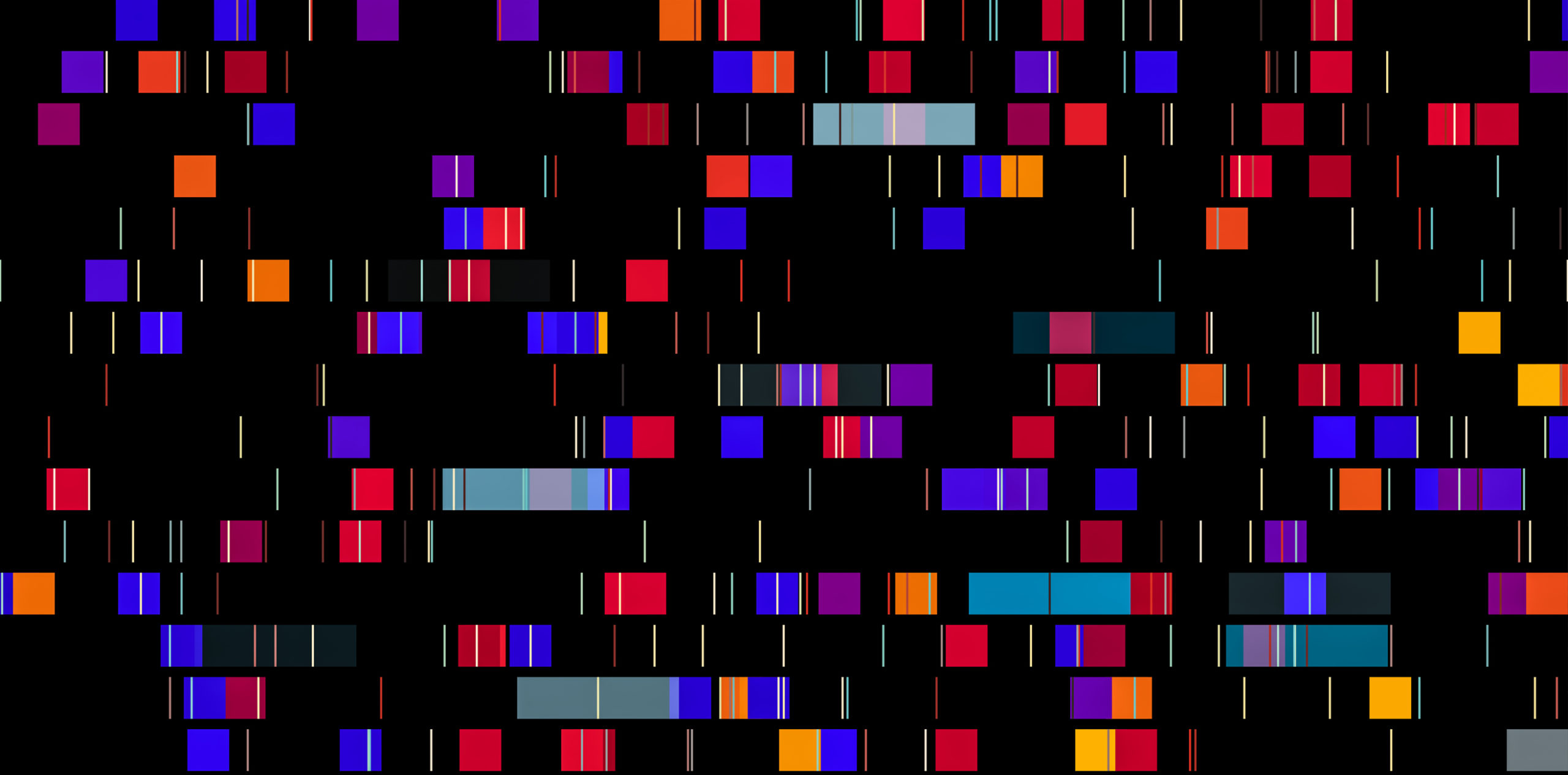
Advances in gene sequencing and other recent discoveries had made it possible to imagine the project. But it was the promise of uncovering the genetic basis of disease that gave the idea an unstoppable momentum.
Researchers from around the world agreed that deciphering the human genome would serve as the foundation upon which to build the science, medicine and health care of the 21st century.
The scope of the project was enormous — estimated to take 15 years and cost as much as $3 billion. The National Institutes of Health (NIH) and the Department of Energy’s Office of Biological and Environmental Research were prepared to provide funding.
Twenty of the world’s most prestigious biomedical research laboratories would ultimately be invited to contribute.
UT Southwestern was one of 12 from the United States.
Philanthropy’s Role in Progress
Philanthropy can create an unbroken path to the future where one good thing leads to another. But a proper appreciation of its longer-term effects takes closer examination. The following account from the mid-1990s is an excellent example.
UT Southwestern was actively pursuing Glen A. Evans, MD, PhD, who was working at the Salk Institute for Biological Studies in California. Evans was world renowned for having established one of the nation’s first and finest genetic research centers.
The medical center wanted him as the Director of the Eugene McDermott Center for Human Growth and Development and to lead UT Southwestern’s participation in the Human Genome Project. Eugene McDermott had established the farsighted Center in 1973, shortly before his death in August that same year. It was one of many generous and visionary acts he and his wife, Margaret, had made in support of UT Southwestern with the elegant and noble goal of “maximizing everyone’s capacities for thinking and doing.”
The Biological Humanics Foundation, then headed by Mary McDermott Cook and established by her father in 1950, donated its last and largest gift of $6 million, with almost $5 million earmarked to further enhance the Center.
The gift was then matched by monies from The Fund for Molecular Research.
The total endowment allowed the medical school not only to attract a researcher of Evans’ stature, but to move his team of scientists, technicians — even his equipment — from California to Dallas, where they took over 10,000 square feet located in the newly completed Nancy B. and Jake L. Hamon Biomedical Research Building on the North Campus.
“We were very fortunate in moving to an institution where the administration is so forward-thinking and, in fact, confident about their ability to recruit from elsewhere. Skip Garner ( Evans’ assistant director) and I had designed the entire 10,000 square feet of laboratory space. It [had] a lot of unique features… [and] was actually under construction before we ever committed to coming to Southwestern, which shows the confidence they had that we wouldn’t turn them down,” Evans recalled.
Few academic medical centers in the country could have put together such an offer. But few medical centers have the broad, committed support of a medical foundation determined to push them forward.
Evans and Harold “Skip” Garner, Jr., PhD, who was trained as a nuclear physicist, went on to make a difference. Evans led a team that completed the sequencing of chromosome 11 — work he had begun at the Salk Institute.
From the outset, Garner and Evans focused their efforts on automation. Garner developed automating sequencing technology, which used three custom robots to do much of the repetitive work. One of them ran 24 hours a day, seven days a week, preparing samples to go in the sequencing machine. It proved amazingly efficient — capable of preparing 15,000 samples a day, as opposed to the 200 samples a human technician could prepare.
The innovations led to something unique among sequencing labs. Evans declared that instead of a “laboratory full of bored, uninspired technicians,” his sequencing team had “the time to study the biology of what these [discoveries] mean.”
It was philanthropy that made this possible – a contribution of vision and generosity, effort and discrimination that resulted not just in a series of good things for UT Southwestern but of good things for mankind.
This is but one of dozens of examples that did much to help the medical center grow.